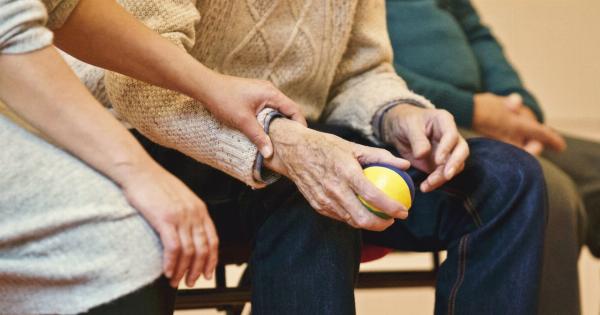Pain is an unpleasant sensation that is experienced by every human being. It can be caused by a range of events such as accidents, injuries, diseases, surgeries and other medical procedures.
The brain plays a significant role in how we perceive and manage pain. When pain signals are sent to the brain, several factors influence how much pain we feel and how well we tolerate it. Here are 10 ways the brain influences pain tolerance:.
1. Perception of pain
The perception of pain is influenced by the sensory information that is sent to the brain. The brain interprets the signals and determines the extent and location of the pain. Pain can be acute, chronic, or neuropathic.
The perception of pain can vary from person to person, which is why some people have a higher pain threshold than others.
2. The role of emotions
Emotions such as fear, anxiety, stress, and depression can influence pain perception. When we feel anxious or stressed, the brain produces more stress hormones, which can make pain feel worse.
On the other hand, positive emotions such as happiness and relaxation can help to reduce pain and increase the pain threshold.
3. Attention and distraction
Attention and distraction can have a significant impact on pain perception. When we focus on pain, it can feel more intense. However, when we are distracted, the brain pays less attention to the pain signals, which can help to reduce pain.
Techniques such as mindfulness meditation, deep breathing, and visualization can help to reduce pain perception by improving attention and focus.
4. Expectations and beliefs
Expectations and beliefs can also influence pain perception. If we have negative beliefs or expectations about pain, it can make the pain feel worse.
On the other hand, if we have positive beliefs or expectations about pain, it can reduce pain perception and increase the pain threshold. This is why placebos can have a significant impact on pain relief.
5. Individual differences
Individual differences can also play a role in pain perception and tolerance. Factors such as genetics, personality, and life experiences can influence how we perceive and manage pain.
Some people may have a genetic predisposition to pain sensitivity, while others may have developed coping mechanisms to manage pain based on their life experiences.
6. Neurotransmitters and hormones
Neurotransmitters and hormones can also influence pain perception and tolerance. Endorphins are natural painkillers produced by the brain that can help to reduce pain.
Serotonin and dopamine are neurotransmitters that can help to improve mood and reduce stress, which can also help to reduce pain perception. Hormones such as cortisol and adrenaline are produced during times of stress and can increase pain perception.
7. Neural pathways and brain regions
Neural pathways and brain regions also play a role in pain perception and tolerance.
The pain signals are transmitted through the spinal cord to the brainstem, which then relays the signals to various brain regions such as the thalamus, prefrontal cortex, and limbic system. These regions process the pain signals and determine the emotional and cognitive response to pain.
8. Cognitive reappraisal
Cognitive reappraisal is a technique that involves reframing the meaning of the pain. By changing the way we think about pain, we can reduce its impact on our lives.
For example, instead of thinking of pain as a sign of weakness, we can view it as a sign of strength and resilience. This can help to improve our pain tolerance and reduce the emotional distress associated with pain.
9. Social support
Social support can also play a role in pain management. Studies have shown that social support from friends, family, and healthcare providers can help to reduce pain perception and improve pain tolerance.
Social support can provide emotional comfort, practical assistance, and a sense of belonging, which can all help to reduce the negative impact of pain on our lives.
10. Treatment options
The brain can also influence pain tolerance through the use of various treatment options. Medications such as analgesics, anti-inflammatories, and opioids can help to reduce pain.
Acupuncture, massage therapy, and physical therapy can also provide pain relief by stimulating the release of endorphins and reducing muscle tension. Cognitive-behavioral therapy, mindfulness-based stress reduction, and relaxation techniques can help to improve pain perception by reducing stress and anxiety.





























